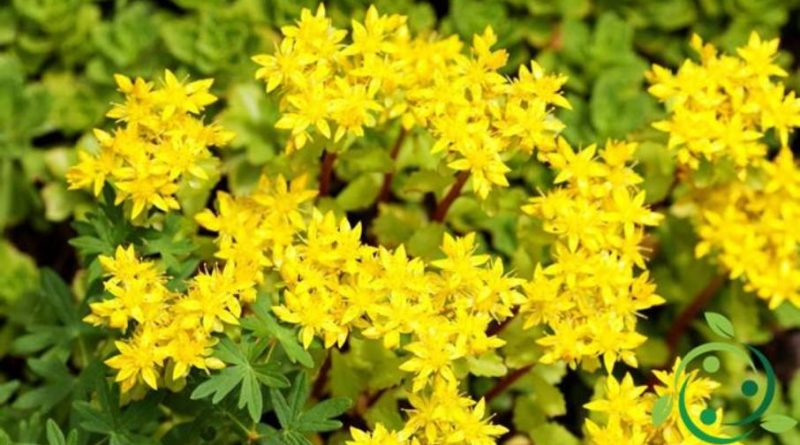How to grow Goldmoss stonecrop
How to grow Goldmoss stonecrop
The goldmoss stonecrop (Sedum acre L.), known as pignola herb, is a small succulent plant of herbaceous appearance, creeping, perennial and evergreen of the Crassulaceae family.
To the genus Sedum belong a really large number of species of succulent plants, originating from all over the northern hemisphere; they range from small shrubs originating in central Africa, to groundcover that does not exceed a few centimeters in height, originating in the Alps.
In this card we will see how to grow goldmoss stonecrop considering that it is a rather rustic plant that can be used in rock gardens.
This plant is planted in a luminous place, possibly with at least a few hours of direct sunlight every day, and it is watered regularly from May until September. With the arrival of autumn, most of this plant, as part of the Sedum, tends to dry up; you have to wait for this period, when the stems are well dried to remove them with the help of very clean and sharp shears.
The goldmoss stonecrop is a very interesting plant if used as a ground cover species, especially where the water resources are smaller and in warm-temperate environments, although in general they do not develop too fast. In any case, however, over time they form an impenetrable carpet, which in spring and summer is covered with colorful flowers; the ground cover species are generally evergreen and in winter they do not need any care. In the selection, cultivars can also be used with both bright foliage and yellow flowers, but also red-flowered varieties with reddish, orange or rosy foliage.
We recall, in this regard, some subspecies and varieties:
– Sedum acre L. subsp. dostalii (Domin) Dostal;
– Sedum acre L. subsp. majus (Mast.) R.T. Clausen, (1975);
– Sedum acre L. subsp. neglectum (Ten.) Rouy & E.G.Camus;
– Sedum acre L. subsp. sexangulare (L.) O. Schwarz;
– Sedum acre L. subsp. tetramerum (Trautv.) Breistroffer;
– Sedum acre L. var. almadii Priszter, (1968);
– Sedum acre L. var. aureum Mast. (1878);
– Sedum acre L. var. elegans Mast .;
– Sedum acre L. var. glacial (Clarion ex DC.) Duby;
– Sedum acre L. var. glacial P.Fourn .;
– Sedum acre L. var. majus Mast. (1878);
– Sedum acre L. var. spiral (Haw.) Rouy & E.G.Camus.
As far as irrigation is concerned, we must behave considering that these species have a physiological capacity to accumulate and conserve water in their tissues; for this reason the irrigations, which must be done only in the period between the vegetative growth and the September-October period, will have to be carried out when the soil has completely dried out between shifts.
If you then decide to cultivate the goldmoss stonecrop acre in a garden, we remind you that it can withstand any waterless periods without any problem; but to have a robust and floriferous plant we will have to water it in the correct ways and times. However, whenever we water, we check that the growing substrate is completely dry.
For this reason, just to avoid that the goldmoss stonecrop can remain with stagnant water it must be placed in a very well drained soil, consisting of universal soil, mixed with sand, pumice stone and other incoherent material: this mixture allows the water to slip away easily, avoiding the onset of harmful rot.

